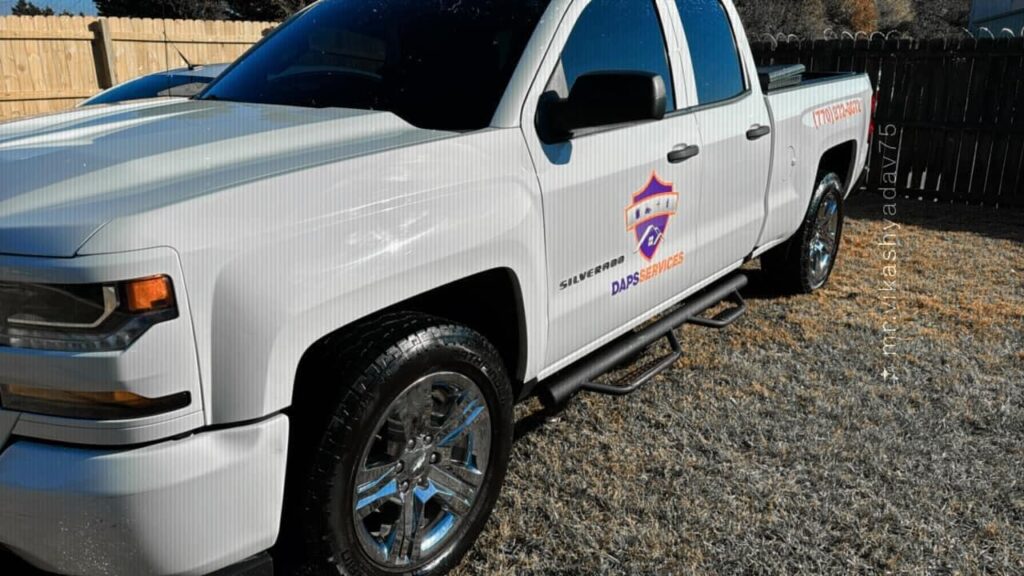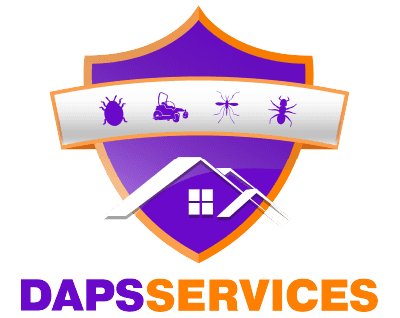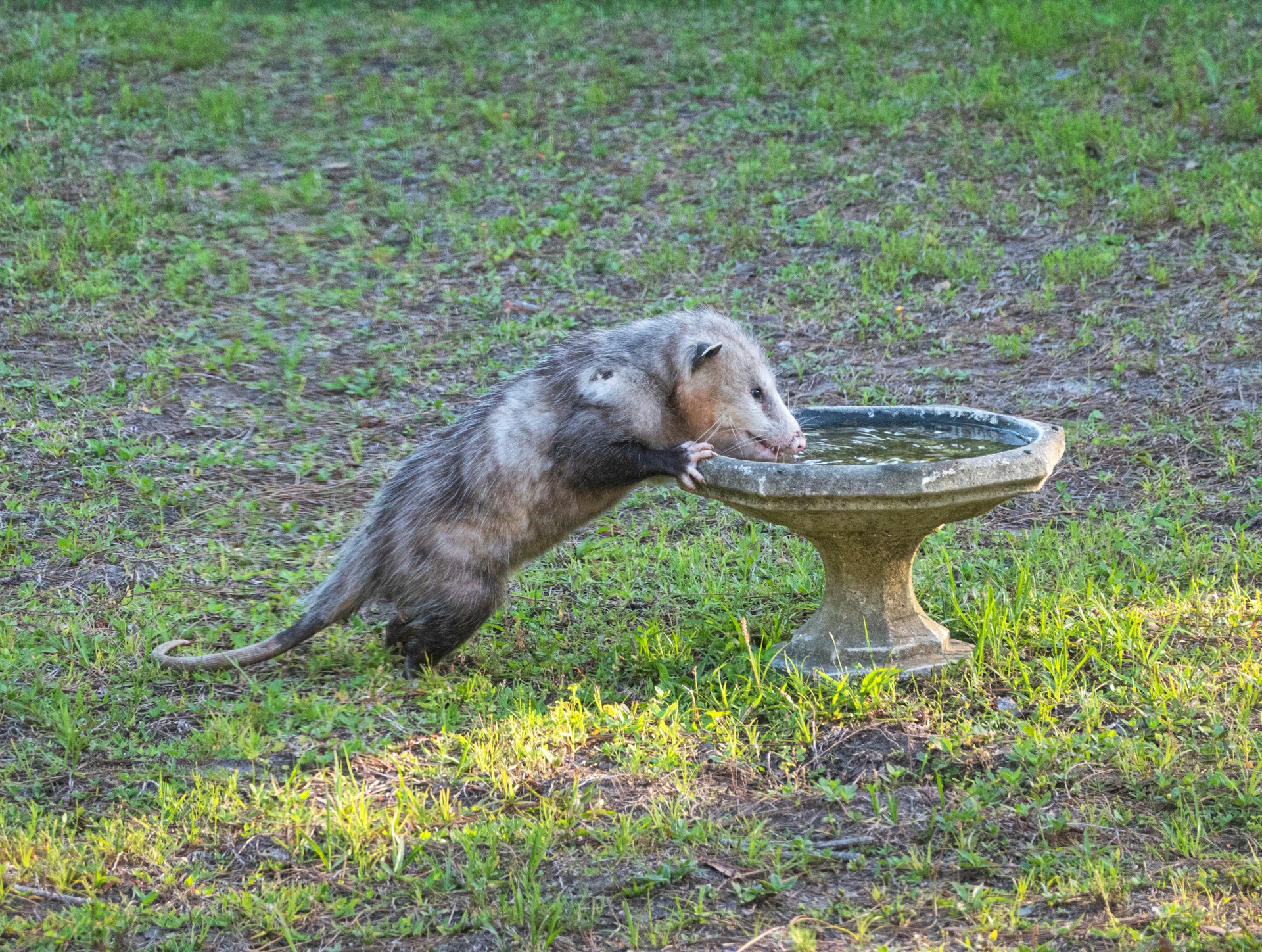Opossums are often misunderstood animals. Although generally not aggressive, they become a problem when they invade attics, crawlspaces, or outdoor storage areas. Their search for food and shelter can lead to property damage, contamination, and unwanted nighttime disturbances. This guide explores how to recognize opossum intrusions, the risks they present, and why expert assistance is often the most effective approach to managing them safely.

What Attracts Opossums to Residential Areas
Opossums are opportunistic feeders, which means they will go wherever food and shelter are easily accessible. Residential areas with dense vegetation, unsecured garbage, or pet food left outdoors create an ideal environment for them to thrive. Even homes with well-maintained yards are not immune to attracting these animals if small vulnerabilities exist.
While opossums do not typically seek direct contact with humans, they are known to take up residence under decks, inside crawlspaces, or in garages if these spaces provide cover and protection from the elements. Once they find a suitable spot, they may remain for extended periods, especially during colder months or when raising young.
Identifying and sealing attractants early can make a significant difference. However, many of the areas opossums use are hidden, making detection difficult without professional insight.
Signs of Opossum Intrusions Around Your Home
Opossums are nocturnal, so spotting one in daylight is rare. However, their activity often leaves behind clues that can help you detect their presence.
Common signs of intrusion include:
- Noises in walls or ceilings during the night, such as scratching or rustling
- Unusual droppings around decks, garages, or attic spaces
- Overturned trash cans or food scraps scattered in the yard
- Visible entry points like loose crawl space covers or torn vent screens
- Unpleasant odors caused by nesting materials, waste buildup, or deceased animals
If you notice any combination of these signs, it may be time to explore the safest course of action. Because opossums can carry parasites and bacteria, approaching them without proper precautions may introduce health risks, particularly in homes with children or pets. It’s worth reviewing these pet-friendly pest control practices to better understand how professional methods can balance effectiveness and safety.
Health and Structural Risks Posed by Opossums
Though opossums are generally not aggressive, their presence in or around your home can bring a series of complications. Understanding the risks involved helps clarify why prompt and professional handling is important.
Potential dangers include:
- Disease transmission: Opossums may carry leptospirosis, tuberculosis, and parasites such as fleas or mites
- Contamination of insulation: Their waste and nesting materials can soak into attic insulation and ductwork
- Structural damage: Their entry can loosen vents, chew through materials, or create moisture problems
- Attraction of other pests: Unattended food or waste can lure rodents, flies, or other wildlife into the area
These issues can compound over time, making it essential to address opossum intrusions before they escalate. While it may be tempting to trap or relocate the animal yourself, handling wildlife without the right experience can lead to safety issues, legal concerns, or an incomplete resolution.
Safe and Responsible Removal Approaches
Professional wildlife control specialists use a range of humane and regulated techniques to safely remove opossums and prevent future returns. These methods prioritize the health of your household while ensuring that the animal is relocated without harm.
Common practices include:
- Live trapping with species-appropriate equipment and strategies
- Exclusion barriers to prevent re-entry through known access points
- One-way doors that allow the opossum to exit but not return
- Nest removal and sanitization to clean contaminated areas and discourage other wildlife
These actions are tailored to your home’s structure, surrounding environment, and current level of intrusion. By combining physical exclusion with post-removal site repairs, professionals ensure long-term results. For homeowners weighing service options, learning how to choose a pest control plan can provide clarity on what to expect during this process.
Preventing Opossum Return Visits
Once an opossum has been removed, the next step is ensuring it doesn’t return or attract others in the future. Preventive strategies are a key component of effective wildlife management, especially for properties located near wooded areas or open fields.
Effective prevention techniques include:
- Sealing crawlspaces and vents with secure materials that can’t be chewed or pried open
- Storing garbage in animal-proof bins with locking lids
- Removing pet food bowls and bird seed from outdoor spaces overnight
- Trimming tree branches that hang near roofs, as these provide access to attic spaces
- Conducting seasonal inspections to identify weak points before they’re exploited
Ongoing vigilance, combined with professional guidance, offers the best defense against future opossum intrusions. These measures not only protect your home but also help maintain a healthy and balanced relationship between urban spaces and local wildlife.
When It’s Time to Call for Backup
Hearing nighttime noises or spotting signs of opossum activity? Don’t wait for the problem to get worse. Reach out to DAPS Services for professional assistance and safe, responsible opossum removal tailored to your home.

